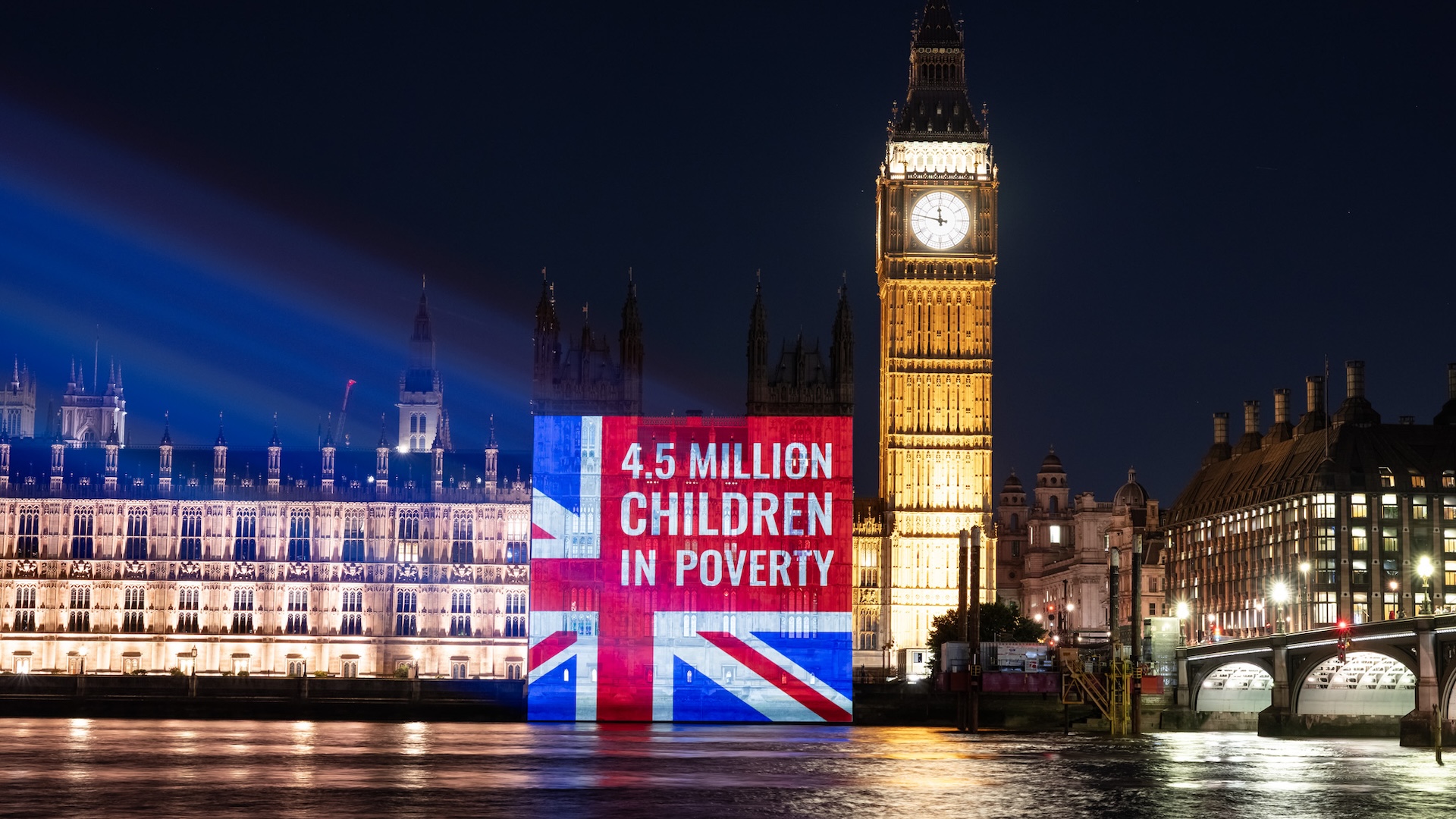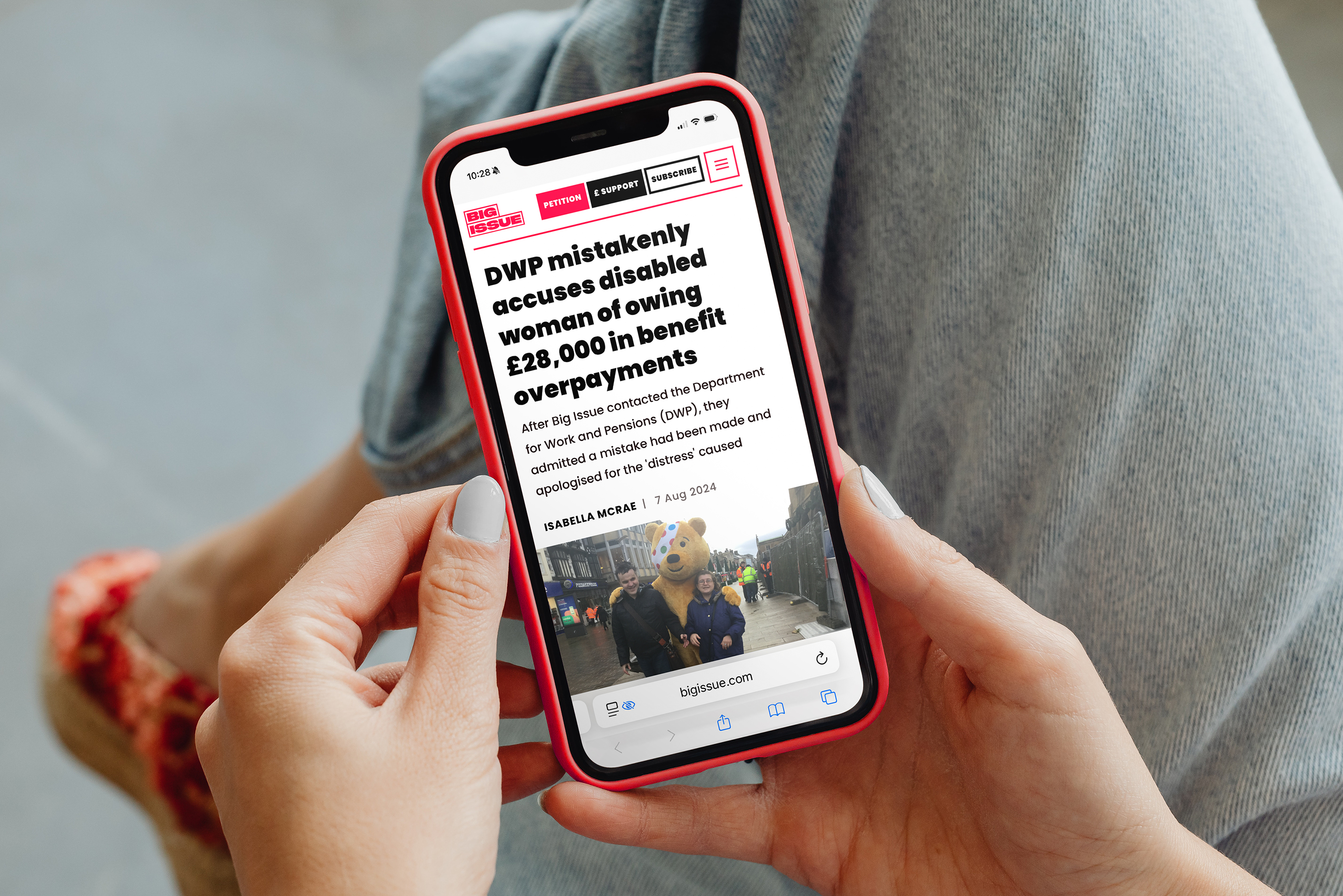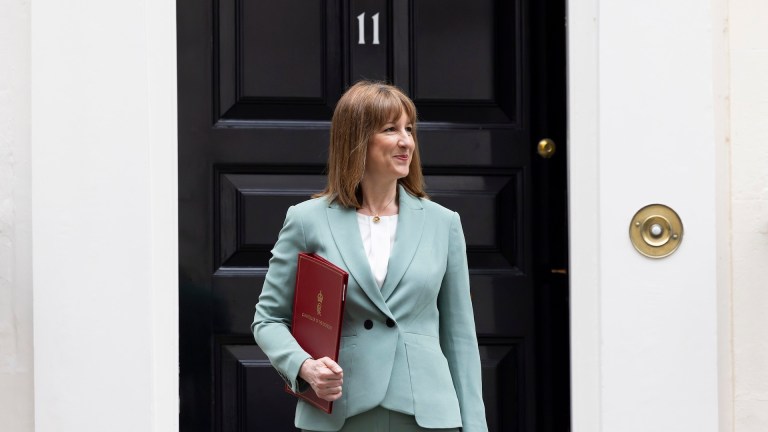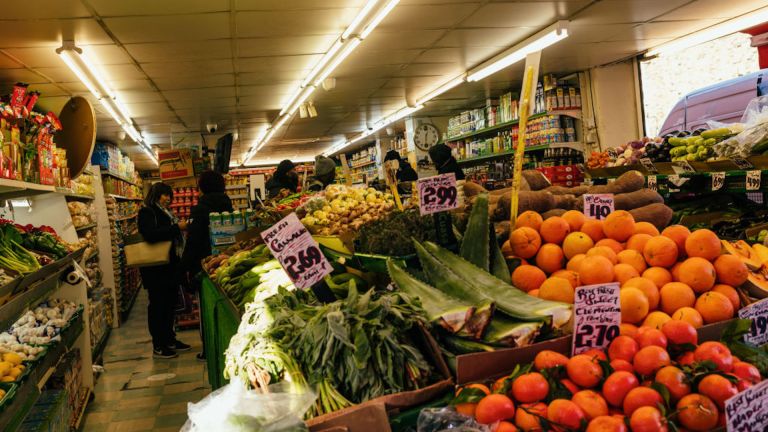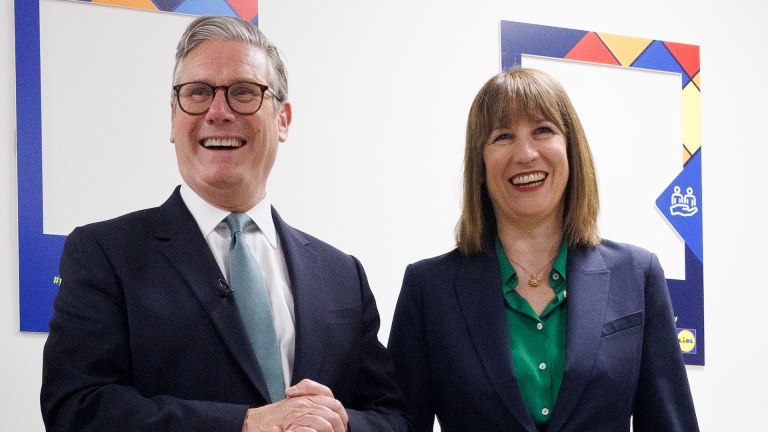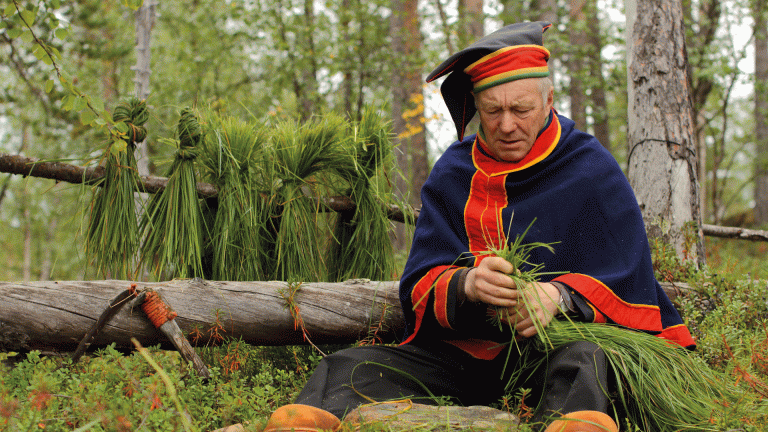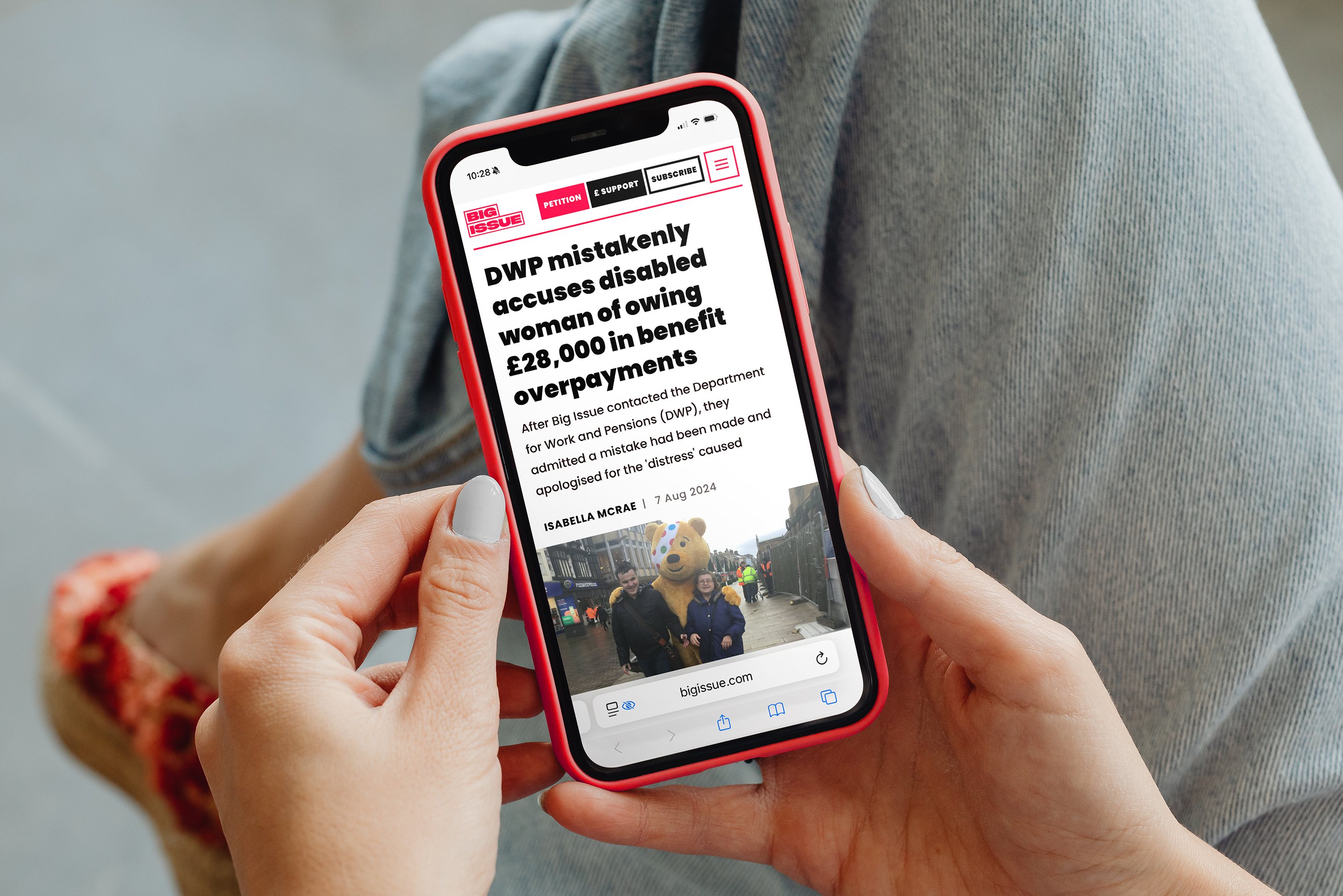Prime minister Keir Starmer has promised that it will be an “ambitious” and “wide-ranging” strategy to protect children from falling into poverty.
A government spokesperson said: “Every child, no matter their background, deserves the best start in life. That’s why our Child Poverty Taskforce will publish an ambitious strategy to tackle the structural and root causes of child poverty.”
The Child Poverty Taskforce was established soon after Labour won the general election. It was led by education secretary Bridget Phillipson and former work and pensions secretary Liz Kendall.
A recent cabinet reshuffle means the new work and pensions secretary, Pat McFadden, will be brought onto the taskforce.
The government has promised that the taskforce will work alongside children’s charities, experts and families with lived experience of poverty in creating the strategy.
It is anticipated to contain a number of policies aimed at reducing child poverty, with charities, experts and campaigners eager to see an end to the two-child benefit cap within the strategy.
Advertising helps fund Big Issue’s mission to end poverty
Read more:
What is the extent of child poverty in the UK?
Child poverty has soared in recent years, with 4.5 million children across the country currently living in poverty. That is one in three children facing hunger and hardship.
In addition, the government’s latest statistics has found the number of homeless children to have hit record highs, with recent figures finding 172,420 dependent children were living in temporary accommodation in April to June 2025.
The statistics found this crisis to be hitting London particularly hard, with 97,140 children living in temporary accommodation in the capital.
The government’s figures have also revealed that 18% of the UK’s children live in households experiencing food poverty, with Helen Barnard, director of policy, research and impact at Trussell explaining that if “urgent” action is not taken, the number of people facing hunger will “only increase”.
Big Issue has reported extensively on the impact of child poverty across the country, with families turning to food banks to survive, parents sacrificing meals so their children can eat, and teachers dipping into their salaries to help struggling pupils.
Advertising helps fund Big Issue’s mission to end poverty
The Child Poverty Action Group (CPAG) explained that as well as child poverty impacting young people’s health, education, and social and emotional wellbeing, it also comes at a high cost to the economy.
“Children and adults with poorer physical and mental health mean greater demands on the NHS,” the charity stated. “If children and young people do less well at school they have lower skill levels and education levels when they enter the workforce. The effects of poverty mean that extra public services are needed to try to support children, parents, families and society.”
What is expected to be in the child poverty strategy?
The child poverty strategy has not yet been released, so it’s not certain what exact policies the government will set out in order to tackle the issue.
The government has stated that it wants to “tackle the structural and root causes of child poverty”, with a policy paper explaining that the child poverty strategy would aim to tackle “barriers to employment” for families, including access to affordable childcare.
While it did not lay down specific details, it explained that the strategy will be framed around four themes: increasing incomes, reducing essential costs, increasing financial resilience, and better local support focused on children’s early years.
The strategy will also reportedly tackle the controversial two-child benefit cap, with the government expected to replace it with a tapered system. The policy, which affects more than 1.6 million children across the UK, means families are denied extra universal credit or tax credits for their third child or any subsequent children born after April 2017.
Advertising helps fund Big Issue’s mission to end poverty
While the government is not expected to scrap the policy altogether, reports have said the government is considering options such as a three or four-child limit on benefits, or a taper system so parents receive more for their first child and less for subsequent children.
Alongside campaigns to scrap the two-child benefits cap, charities have called for a number of other issues to be included in the strategy, including raising the standard rate of universal credit, and an end to the benefit cap, which limits the amount of benefits households can get.
Barnardo’s has also called for the government to implement auto-enrolment for free school meals, while Save the Children has called for a triple lock on child benefits, modelled on the pensions triple lock.
The Child Poverty Strategy will be in addition to the government’s existing policies on child poverty, which include expanding free breakfast clubs and introducing a cap on the cost of school uniforms.
When will the strategy be announced?
The government’s child poverty strategy was initially expected in spring 2025, but was pushed back until autumn.
There is still no date set for the strategy to be published, and parliament has gone into recess for conference season, set to return in mid-October. It is expected that the child poverty strategy will be released around the time of chancellor Rachel Reeves’ autumn budget in November, though this is not confirmed.
Advertising helps fund Big Issue’s mission to end poverty
Could new policies make a difference to child poverty?
Experts have explained that specific policies – such as scrapping the two-child benefit cap – could have a significant effect on child poverty levels. Scrapping the two-child benefit cap is estimated to immediately lift 350,000 children out of poverty, while a further 700,000 children would be in less deep poverty, according to CPAG.
In addition, CPAG reported that 300,000 children would be living in less deep poverty if the government scrapped the benefit cap.
Action for Children warned in a report that a focus on boosting income from parental employment would not go far enough, lifting 150,000 children out of poverty by the end of the decade. In comparison, it said scrapping the two-child benefit limit and the benefit cap would be the “single most cost-effective policy option the government could implement”.
It also suggested ensuring the child-related element of universal credit rises above the rate of inflation and increasing access to benefits for those who are eligible, which it said would reduce child poverty by 1.2 million by 2030.
The charity explained that if the government were to reduce the child poverty rate by 1.2 million by the end of the decade, the benefits to society would be worth at least £164 billion.
Paul Carberry, chief executive of Action for Children, said: “If the government wants to keep its promise to significantly reduce child poverty and keep it down in the long term, this means scrapping the caps, boosting benefits, and building more social homes too.”
Advertising helps fund Big Issue’s mission to end poverty
Do you have a story to tell or opinions to share about this? Get in touch and tell us more.
Reader-funded since 1991 – Big Issue brings you trustworthy journalism that drives real change.
Every day, our journalists dig deeper, speaking up for those society overlooks.
Could you help us keep doing this vital work? Support our journalism from £5 a month.
